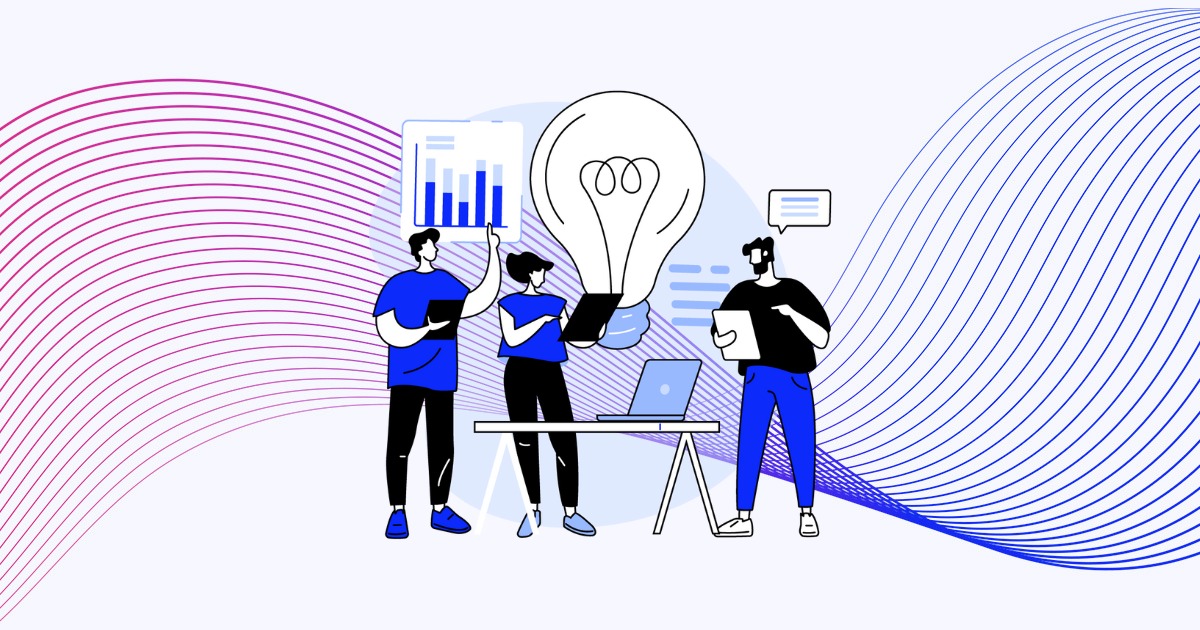The role of ERGs in driving inclusion during cultural months
3 min read
| Published on
This year many organizations are shifting focus inward during cultural and heritage months — prioritizing meaningful internal support over external displays.
“The pressure to tone down visibility, especially during Pride, is real and is happening all over the world,” says Catalyst’s Lakethia Glenn, Senior Director, US Supporter Success.
These organizational decisions, particularly in the US, are driven by a swiftly evolving legal landscape, not preference. “This is not a choice of: ‘Do I fly a Pride flag this month or do I not?’ It's a choice of: ‘Do I expose myself to legal liability or do I not?’” says, Michael Cherny, Director of Diversity, Equity and Inclusion at Ontario Teachers' Pension Plan.
Cherny cautions that policy changes without reaffirming an organization’s commitment to its core values can leave employees feeling unsupported. “Transparency and honesty in the decisions that are being made is critical. In the absence of that, individuals will fill it with their assumptions and presumptions,” he says.
Tommy Valtin-Erwin, Senior Associate, Event Content and Facilitator Management Lead at Catalyst, notes that inclusion efforts are popular with employees, and when they change, organizations must explain why. “If you are making the determination to not display a Pride flag this year, that is communicating something to your employees. So, the way you then clarify what you are doing and why is crucial.”
Research shows that when employees perceive a lack of support, it can impact talent retention, recruitment, brand reputation, and even lead to legal challenges. Honest communication can bridge this gap.
Framing messaging through your organization’s mission and values builds authenticity. Glenn advises, “Anchor yourself in your values. If inclusion is your mission eleven months out of the year, then certainly it should not disappear in June. ERGs can help. They are your company’s brain trust and partners in strategy. ERGs gain insight from their members and can bring concerns up early.”
Cherny agrees: “ERGs are stepping up to reinforce organizations’ true commitment to inclusion, even if it may take a slightly different form these days.” He encourages organizations to stay open, transparent, and actively nurture their internal communities.
Translation? Continue or expand initiatives like lunch-and-learns and opportunities for cross-collaboration among ERGs to build community. Daniel Dobies, the Marsha P. Johnson, Sylvia Rivera, and Edie Windsor Fellow at the New York State Executive Chamber Office of Diversity and Inclusion, suggests ERGs can learn from each other: “If there’s something facing one community, chances are there are solutions that can spark new ideas and get another group thinking, ‘What if we tried it that way?’”
“It's hard to find silver linings in the news these days. But one of them is how ERGs have never had more energy around them,” Cherny says. “And I think that is an incredibly powerful reminder to say that we're here for each other — allies and community members.”
Interested in diving in deeper?
- Catalyst Supporters can access the recording of the corresponding webinar The critical role of ERGs in supporting LGBTQ+ employees.